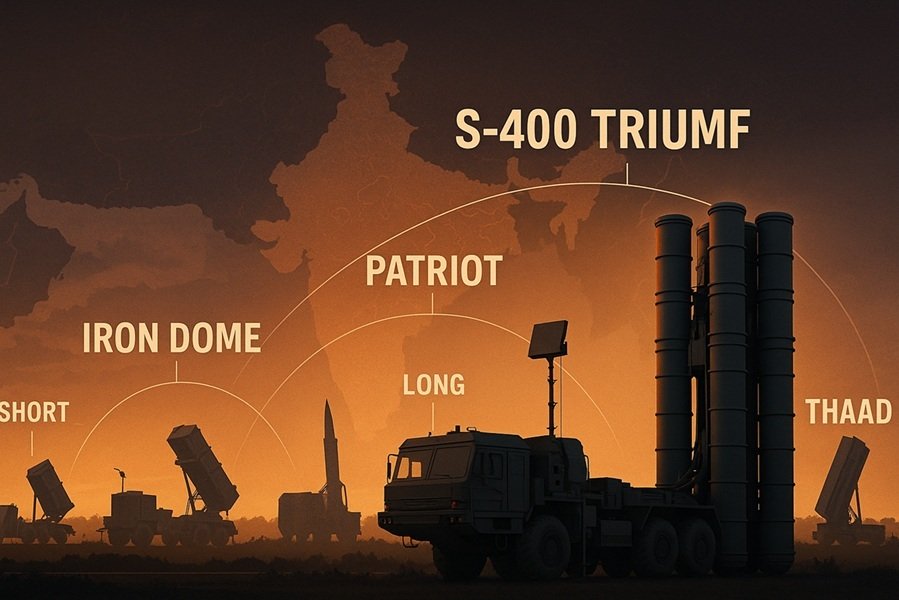
The Indian Space Research Organisation (ISRO) has made remarkable contributions to space exploration, transforming India into a key player in the global space community. Over the decades, ISRO has launched missions that have not only advanced scientific knowledge but also contributed to national development. Here’s a detailed look at the top 10 ISRO missions that changed the face of space exploration.
1. Aryabhata (1975) – India’s First Satellite
Named after the ancient Indian mathematician, Aryabhata was India’s first satellite, launched on April 19, 1975, with the help of the Soviet Union. Although a power failure rendered it inoperative after four days, Aryabhata laid the foundation for India’s space program. It helped ISRO develop capabilities in satellite technology, telemetry, and remote sensing.
2. SLV-3 and Rohini (1980) – India’s First Indigenous Rocket
The Satellite Launch Vehicle-3 (SLV-3) was India’s first indigenously developed rocket. On July 18, 1980, it successfully placed Rohini (RS-1) into orbit, making India the sixth nation to develop and launch its own satellite. This mission demonstrated India’s capability to develop its own launch vehicles and set the stage for future advancements in rocketry.
3. INSAT Series (1983-Present) – Revolutionizing Communication
The Indian National Satellite System (INSAT) series, beginning with INSAT-1A in 1983, has been a backbone for India’s telecommunications, weather forecasting, and disaster warning systems. These satellites have significantly improved television broadcasting, telecommunication networks, and meteorological services across the country.
4. Chandrayaan-1 (2008) – Discovering Water on the Moon
Chandrayaan-1, India’s first lunar probe, was launched on October 22, 2008. This historic mission discovered water molecules on the Moon’s surface, a groundbreaking finding that changed our understanding of lunar composition. The probe also mapped the Moon in high detail and paved the way for future lunar exploration missions.
5. Mangalyaan (2013) – India’s Mars Orbiter Mission (MOM)
Launched on November 5, 2013, Mangalyaan made India the first country to successfully reach Mars on its first attempt and the fourth country in the world to do so. The mission was executed at a fraction of the cost of similar missions by other space agencies, earning ISRO global recognition for its cost-effective space exploration. MOM provided valuable data on Mars’ surface, atmosphere, and weather patterns.
6. IRNSS/NavIC (2016-Present) – India’s Own GPS System
The Indian Regional Navigation Satellite System (IRNSS), also called NavIC (Navigation with Indian Constellation), is India’s own GPS-like system. Completed in 2016, NavIC provides accurate positioning services across India and its surrounding regions, reducing dependency on foreign GPS systems and enhancing strategic and defense capabilities.
7. GSAT Series (1980s-Present) – Strengthening India’s Communication Infrastructure
The GSAT (Geostationary Satellite) series has been crucial in boosting India’s telecommunication, broadband, and television services. These satellites have expanded India’s digital reach, improving rural connectivity, distance education, telemedicine, and internet services across the country.
8. Chandrayaan-2 (2019) – Attempting a Soft Landing on the Moon
Launched on July 22, 2019, Chandrayaan-2 aimed for a soft landing near the Moon’s South Pole. While the Vikram lander lost communication before touchdown, the orbiter continues to send critical data on lunar topography, exosphere, and water ice deposits. The mission significantly enhanced India’s capabilities in planetary exploration and deep space communication.
9. Gaganyaan (Upcoming) – India’s First Human Spaceflight Mission
Gaganyaan, planned for 2025, aims to send Indian astronauts (Gagannauts) into space, marking India’s entry into human spaceflight. With the development of an indigenous crew module, life-support systems, and astronaut training, this mission will be a significant milestone in India’s space exploration journey.
10. Chandrayaan-3 (2023) – India’s Historic Moon Landing
On August 23, 2023, Chandrayaan-3 made India the first country to land near the Moon’s South Pole and the fourth country to achieve a successful soft landing. The Vikram lander and Pragyan rover conducted extensive surface analysis, studying lunar soil composition and seismic activity, contributing valuable data to global lunar research.
Conclusion
ISRO’s journey from launching Aryabhata in 1975 to the successful Chandrayaan-3 landing in 2023 has been one of determination, innovation, and global impact. With upcoming missions like Gaganyaan and future interplanetary projects, ISRO continues to push the boundaries of space exploration, solidifying India’s position as a leading spacefaring nation.





